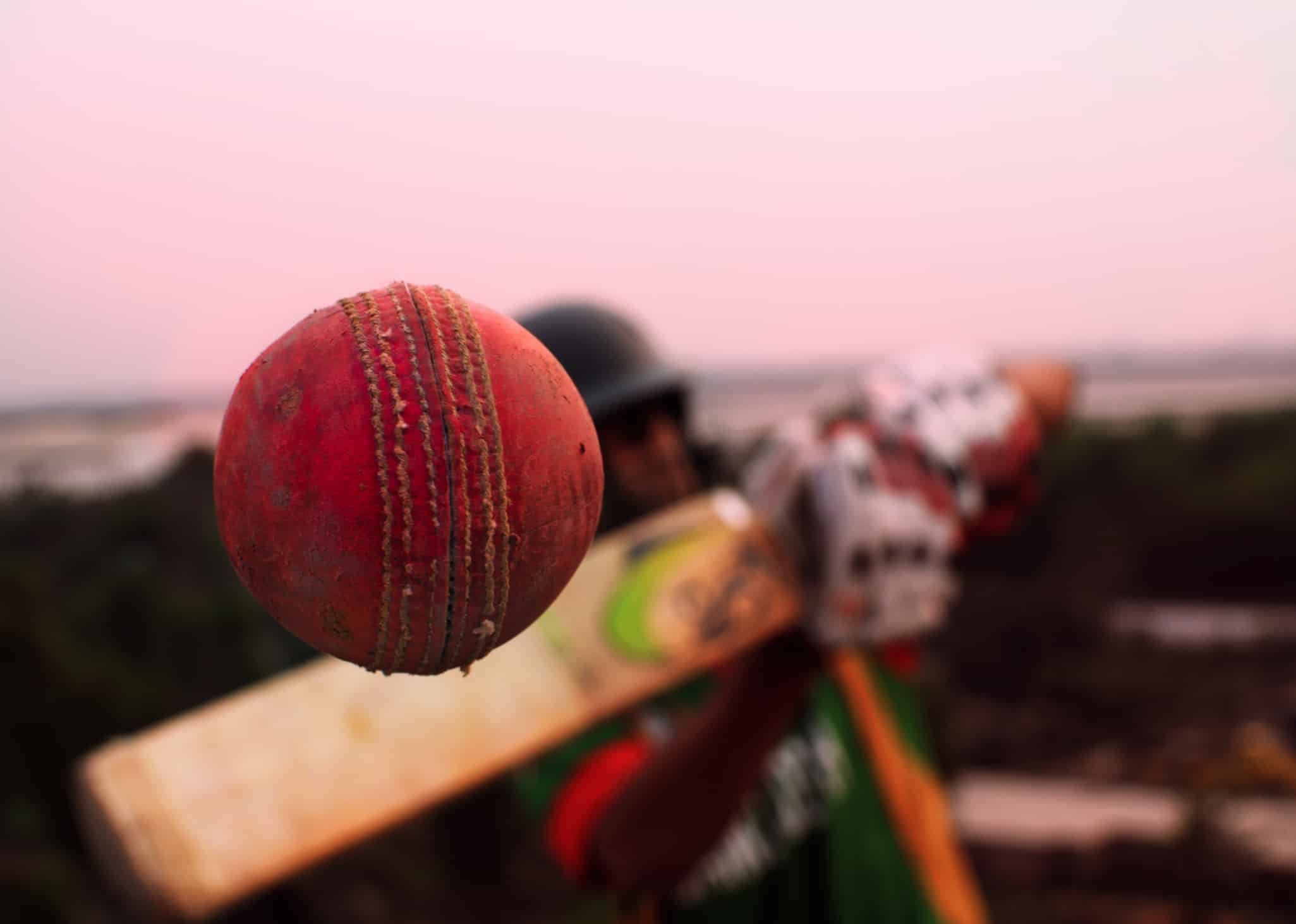The 20- and 50-over versions of the sport have taken over the global cricket calendar and all the signs are that is set to continue, as that’s where the money lies, experts say.
By NICK SAID
TEST CRICKET IS THE PUREST FORM OF THE sport and the ultimate examination of skill, but there are signs that the five-day game could soon become an afterthought in the annals of history as the limited overs formats take center-stage.
Faster and perhaps better suited to a broader television audience, which in turn appeals to sponsors and advertisers, the 20- and 50-over versions of the sport have taken over the global cricket calendar and all the signs are that is set to continue in the future.
It is less of an issue for the so-called ‘Big Three’ of the world game, India, England and Australia, but as money talks, the trio are likely to play more five-day cricket among themselves and leave the likes of South Africa, Pakistan, West Indies and even current test champions New Zealand out in the increasing cold.
By mid-2022, England had played 24 tests since the start of 2021 and India 19. South Africa had featured in just 12. This is not a snapshot in isolation, a look at the upcoming tours calendar over the next few years suggests this is a situation that will likely worsen.
In two of South Africa’s tests, against Bangladesh in April, they were without six first team players, including their entire first choice pace bowling attack, who had instead opted to play in the Indian Premier League (IPL).
And the reasons are not too difficult to understand.
Players can earn five to 10 times their annual Cricket South Africa contract for eight weeks’ work at the IPL. It is a no-brainer. And that is just one of the lucrative T20 leagues, there are many others.
And here-in lies the crux. The riches that have flowed into the shortest format in the last decade means young cricketers entering the game prioritize that format over test cricket.
We are headed towards a future where young players will look to play only the limited overs stuff and not bother with the first-class game.
“I’ve got a lot of friends where their young boys are just concerned with one day getting an IPL contract,” former South Africa test great Allan Donald tells FORBES AFRICA. “They talk about what it is like being in the IPL. I think the new generation of kids who genuinely love the game see big money and their future in white ball cricket.
“Even those young players now in first class cricket, you hear them talk about it being an opportunity to throw their name into the hat and get a contract at the IPL. You don’t hear them talking much about test cricket.
“There is no doubt about it, in general today’s young kids are driven to make a career out of limited overs cricket rather than tests. It is now a world where technique does not matter and it is just ‘see ball, hit ball’.”
Donald is one of the greatest fast bowlers to have played
the game and was a cornerstone of the South African side that were readmitted to the international game in 1991.
He is currently the bowling coach of Bangladesh but has worked around the world and has seen firsthand the changes in the modern game.
“For me, test cricket is still 100 percent the number one format,” he says. “For the other nations (outside of the Big Three), it is a major worry. It really is a concern for me that other teams are battling to play as much test cricket as the big guys.
“It is also a concern that South Africa are not running parallel with the big dogs in terms of the volume of test cricket that the country used to play. It has dipped significantly.
“But there is no question about it, after speaking to already established players, there are many who would simply rather play the shortened version of the game because that’s where the money lies.
“If I just take Bangladesh, our next test is in five months’ time. But our players should be playing a lot more to develop their skills and gain that experience against the top teams. But there is just so much white ball stuff happening around the world.”
South Africa’s former director of cricket Graeme Smith, the most successful captain in test history, has been beating this drum for some time now.
“I don’t think world cricket wants ( just) three nations competing against each other in 10 years’ time,” Smith says. “How does that benefit the game? It doesn’t. That will then amplify the (T20) leagues and they will just get bigger and bigger.”
In the first decade of the 21st century, South Africa played 108 tests. In the second it was 90. The third will not get near that unless there is a change in thinking.
The West Indies played 25 fewer tests in the second decade compared to the first.
“I’ve thought for a long time that we’re probably going to finish up with the eight major nations playing test cricket,” former Australia test great Ian Chappell told ‘ABC’ last year. “But even now I’m not so sure it’s going to come down to eight because it’s become a pretty expensive exercise and a lot of countries just don’t have the money.
“I’d like to see a fund set up and funded by (limited overs) cricket tournaments where the funds are set aside to help out countries who are struggling to keep going in test cricket.”
South Africa are slated to play eight tests over the next 15 months from August, though that is subject to change.
Three each in England and Australia, and two at home versus the West Indies.
It is not a lot to inspire a new generation.
